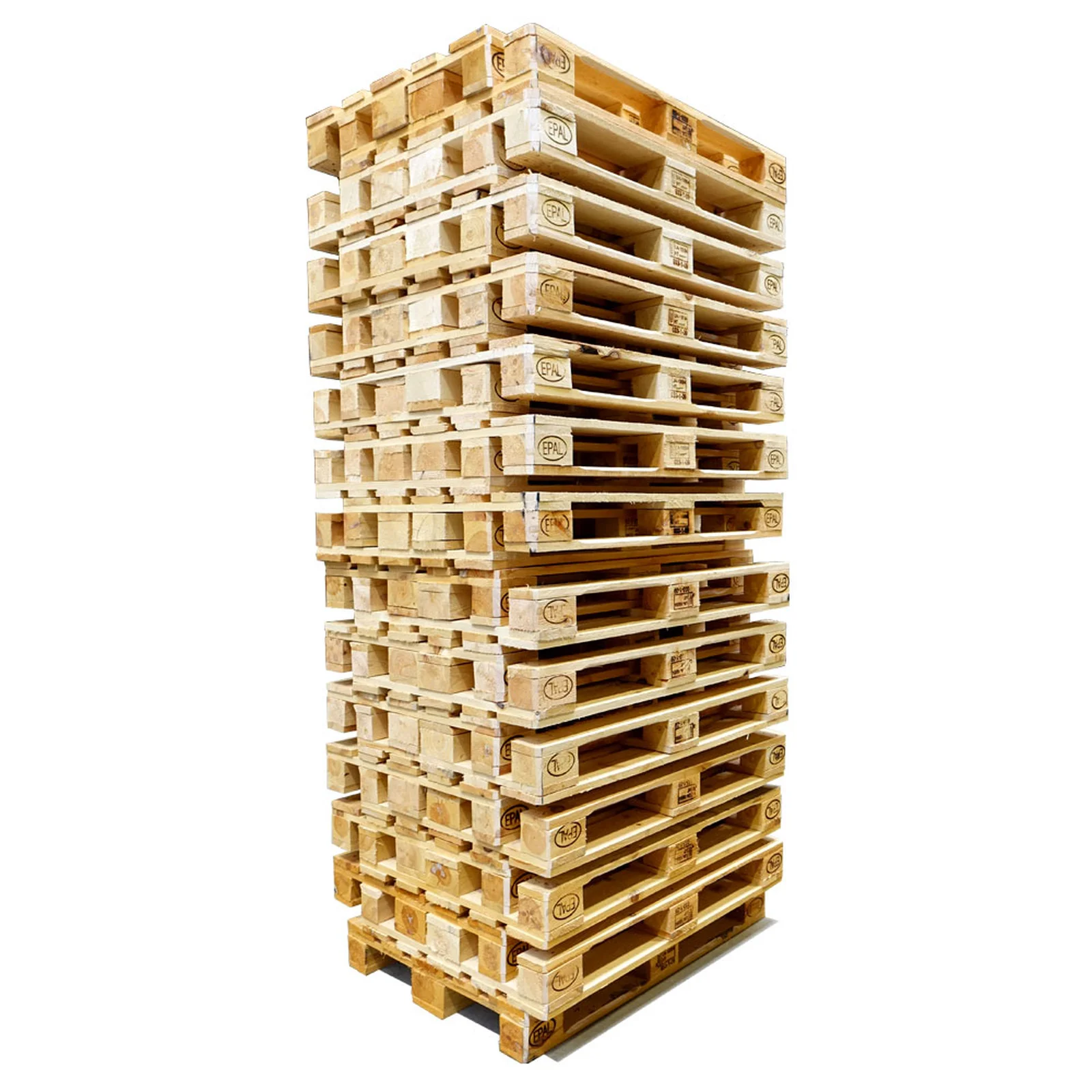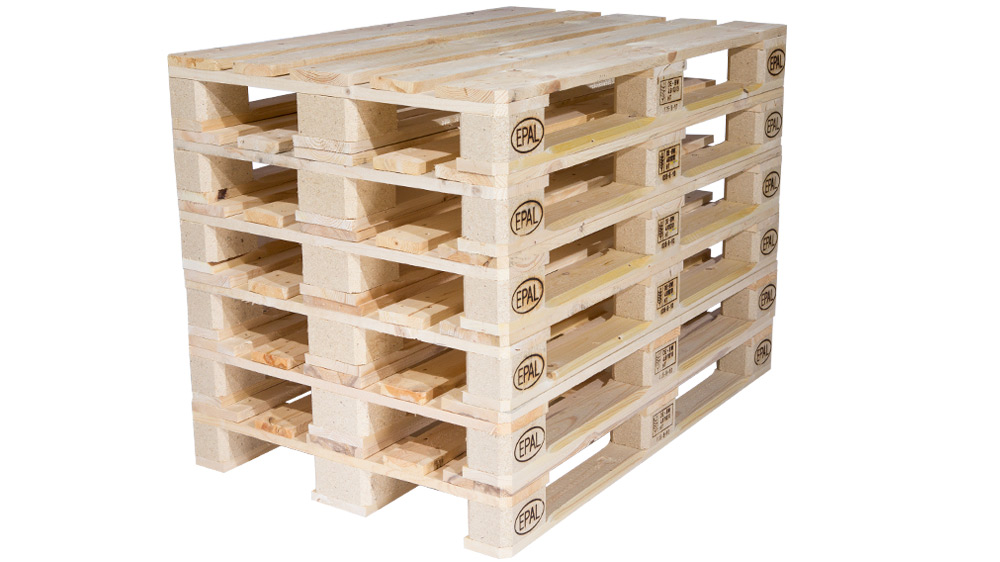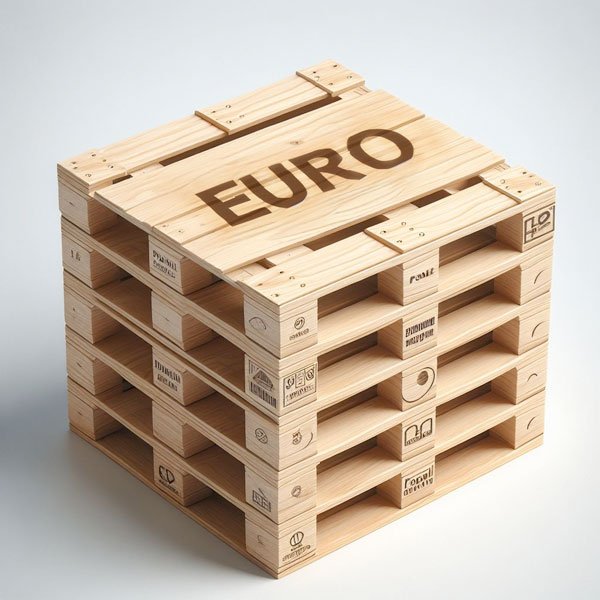Product description
EUR Pallet: The Standard in Shipping and Logistics
The EUR pallet, also known as the Euro pallet, is one of the most widely used and standardized pallets in the shipping and logistics industry. It was introduced in 1961 by the International Union of Railways (UIC) to create a uniform platform for moving goods across Europe. This durable and versatile pallet has since become the standard for shipping in many industries around the world, facilitating the efficient transport of goods in a cost-effective and sustainable manner.
Dimensions and Construction
The EUR pallet adheres to a standard size of 1200 mm x 800 mm, which was designed to fit optimally into trucks and shipping containers used in Europe. The construction of the pallet follows strict guidelines to ensure its durability, strength, and reusability. It is typically made from high-quality wood, such as pine or spruce, but plastic and metal versions of the EUR pallet are also available for specific use cases.
Each EUR pallet must meet rigorous standards set by the European Pallet Association (EPAL), which oversees the quality and production of these pallets. They must carry specific markings to certify that they meet EPAL standards, including a stamp that shows the EPAL logo and other identifying marks such as the country of origin, the manufacturer’s license number, and whether the pallet has been heat-treated to comply with international phytosanitary regulations.
Durability and Strength
One of the main advantages of the EUR pallet is its strength and durability. A standard EUR pallet can support up to 1,500 kg of static load and 1,000 kg of dynamic load, making it ideal for transporting heavy goods. The robust construction and standardized design ensure that EUR pallets are reusable, contributing to sustainability and reducing costs associated with disposable pallets.
EUR pallets are also designed for easy handling by forklifts, pallet jacks, and other loading equipment. The open gaps between the slats allow for smooth lifting, making the pallets highly practical in warehouses and distribution centers.
Global Standardization
While the EUR pallet originated in Europe, it has gained widespread acceptance in global markets. Its standardized size and specifications make it compatible with various transportation systems, including trucks, trains, and shipping containers. This interoperability reduces logistical challenges and simplifies cross-border trade, as businesses can rely on the consistency of the EUR pallet across different regions.
Sustainability
The EUR pallet is not only efficient but also environmentally friendly. Made from renewable wood resources, it is reusable and recyclable. When a pallet reaches the end of its life, it can be repaired or dismantled for parts, further reducing waste. The fact that EUR pallets are reusable means that businesses can reduce their carbon footprint and contribute to a circular economy by extending the lifespan of these pallets.
In addition, many EUR pallets undergo heat treatment to meet international regulations, which helps eliminate the need for chemical treatments that could be harmful to the environment.
Applications
The EUR pallet is used across various industries, from retail and food production to pharmaceuticals and manufacturing. Its durability makes it suitable for transporting a wide range of goods, from lightweight products to heavy machinery. The uniform size and strength of the EUR pallet make it especially useful in automated warehouses, where pallet dimensions are crucial for smooth operations.
Conclusion
The EUR pallet is an essential tool in modern logistics, providing a standardized, durable, and sustainable platform for shipping goods. Its widespread adoption and international recognition make it a crucial component in efficient supply chain management. With its robust construction, reusability, and compatibility with global shipping systems, the EUR pallet remains the preferred choice for industries looking to optimize their transport and storage operations while minimizing environmental impact.




